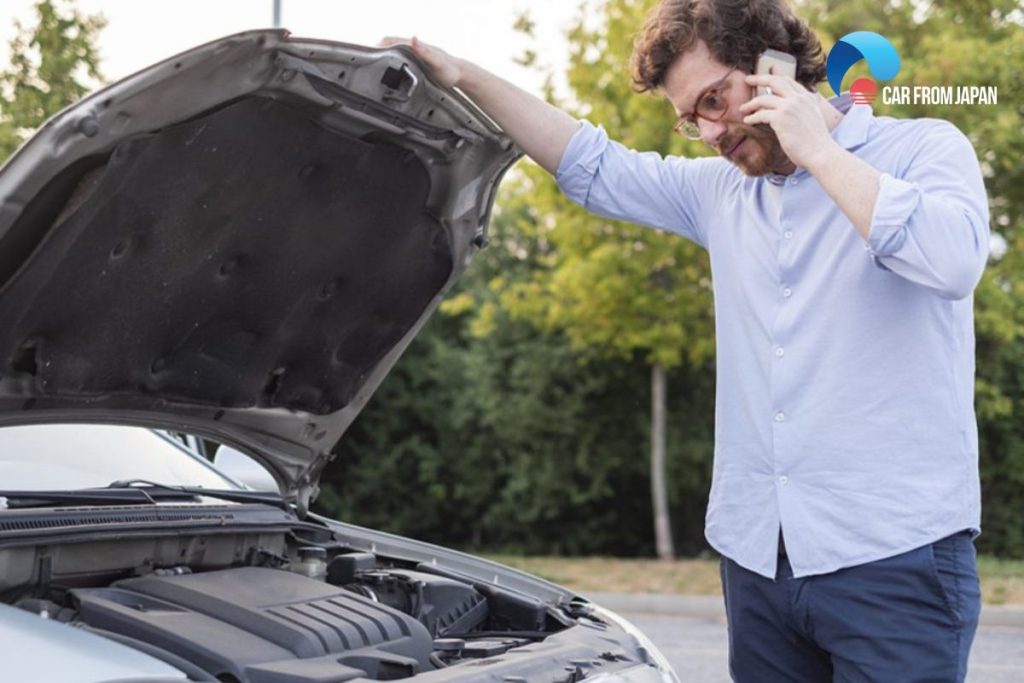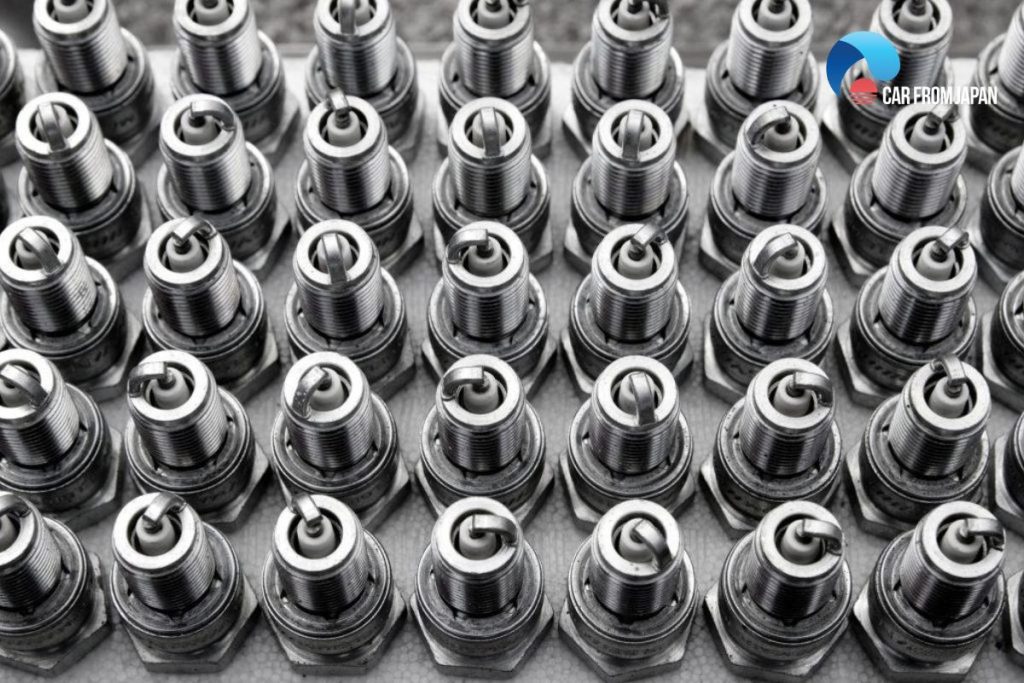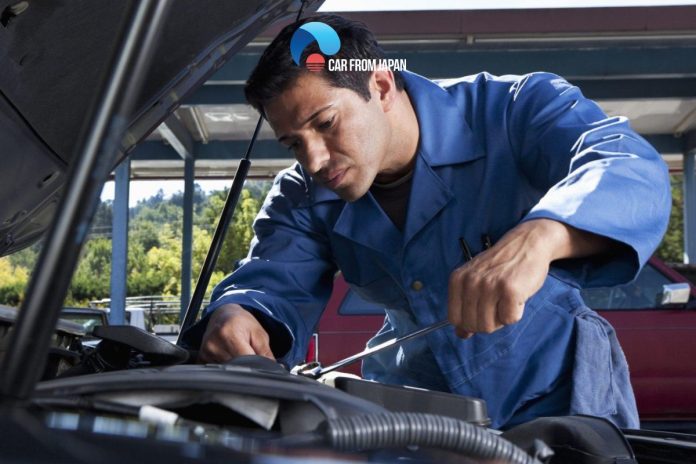When the car’s idle gets rough, it is hard to comprehend the related causes. It is because rough idle when warm can either be caused by one faulty component or through a series of problems.
However, it is easy to recognize the problem, as during rough idling either the engine would run at an irregular rate or it may have varying RPMs without your foot on the gas pedal.
So, once there are visible signs of rough idling, troubleshoot the problem without causing any further delay.
Contents
- Beware If Your Car May Encounter This Problem
- What Causes The Rough Idle When Warm: Find The Culprit?
- Engine Idling Rough When Warm: How To Fix?
- FAQs on Rough Idle When Warm
- Why does my car only idle roughly after it warms up, not when cold?
- Why does my car idle fine when cold but rough when I turn on accessories (like AC) after warming up?
- Why does my rough idle get worse after a long highway drive?
- Can old or wrong engine oil contribute to rough idle when warm?
- Why does my engine idle roughly but show no check engine light when warm?
- The Crux
Beware If Your Car May Encounter This Problem
As reported by Car From Japan experts, most Makes getting this engine rough idle after warm up are:
- Subaru
- Honda
- BMW
Though the problem is not common drivers of the Makes had their car serviced at garages for Rough Idle When Warm.

What Causes The Rough Idle When Warm: Find The Culprit?
There are several possible reasons that can cause the idle rough of the car. The culprit can come from a bad ignition system, malfunctioning infection, a clogged air filter, or even when your car has a low compression ratio.
Besides these causes, you also should notice other potential reasons like a vacuum leak or exhaust system.
Moreover, overheated fuel lines in the carburetor of a gasoline engine can cause rough idle due to the vapor bubbles, in particular when your car doesn’t have or remove the heat shielding.
This problem commonly happened on the V8 engines in the 1960s or later when the temperature under the hood was always high when idling.
Engine Idling Rough When Warm: How To Fix?
Most likely, the causes of rough engine idle crops from the basic functional components like direct fuel injectors, PCV valve, EGR valve, Oxygen sensors, vacuum leaks, air filter, and spark plugs or wires.
Now, let’s fix the issue when engine runs rough after warm up in sequence and later troubleshoot the actual cause of it.
1. Collect fault component data
Firstly, if your car has an installed universal scanner jack, fasten the code scanner and collect the information from the damaged components of the system.
2. Analyze the components
With gear transmission in park or neutral, make sure you’ve applied the emergency brake, as well.
Next, inspect all the components to find the actual cause of the rough idle when hot.
3. Check and replace spark plug and wires (If needed)
Turn on the car’s ignition and let the engine warm up. While the engine is warming, make sure it deactivates the choke linkage. Then, using insulated plug wire pliers take out the wires from the plugged location.
During the process, if the engine’s speed doesn’t drop, it clearly indicates a problem with a spark plug or wire.
After the problem is detected with the spark plug or wires, switch off the engine and use a socket to remove each plug. Next, inspect the plug’s condition.
If any of the components have a heavy white or brown color or appear wet, replace them immediately. Even, checking the correct gaps between plugs, referring service manual, and using gauge feeler.
Once done, check the plugs after re-installation and engine initiation to finish solving the problem of car runs good until warmed up.

Read More: Why Does A Car Stalls After Starting?
Now, test the plug wires using pliers (insulated). For this, place the end of the spark plug connector on the engine’s block. If the wires have defects, there would be no spark. Thus, consider replacing them, too.
4. Inspect PCV valve
The next component causing rough idle when warm is PCV Valve. Fix it by servicing the component and later, ensuring that it’s fully operational and clean.
5. Check EGR valve
A damaged EGR will make the engine light turn on, thus indicating a culprit revealed by the code reader. It can either be cleaned or replaced.
6. Check air filter
Filter housing requires cleaning of the accumulated dirt. In case, the dirt has damaged the filters, consider replacing them.
7. Check the oxygen sensor
Oxygen sensors are an important part of the emission system, if they display a trouble code in the engine’s computer, it means the sensor has failed.
A digital multimeter and a code reader can be used to identify the exact issue, and if the Oxygen sensors failed, one can only replace them.
8. Analyze vacuum leaks
If there’s any hissing sound coming from the car’s bonnet, check for the immediate problem’s source.
Here, if the engine light turns on, with a lean-mixture trouble code on the computer of the engine, check for the leaking component and replace it.
9. Test direct fuel injectors
If direct fuel injectors are the trouble-maker then, clean them using a blend of powerful solvents and high pressure.
Another option to try includes fuel system additives, which clean fuel injectors.
Note: An additive can sometimes, however, cause a rough idle problem.
When the car’s idle gets rough, it is hard to comprehend the related causes. It is because rough idle when warm can either be caused by one faulty component or through a series of problems.
Watch this video to have more knowledge about diagnosing and fixing the rough idle problem!
FAQs on Rough Idle When Warm
Why does my car only idle roughly after it warms up, not when cold?
When the engine is cold, it runs a richer fuel mixture to compensate.
Once warm, the system leans out the mixture, and underlying issues like vacuum leaks, weak ignition components, or dirty sensors become more noticeable.
Why does my car idle fine when cold but rough when I turn on accessories (like AC) after warming up?
A weak idle control system or failing alternator may struggle to maintain stable RPMs under additional electrical load once the engine is no longer in “cold start” mode.
Why does my rough idle get worse after a long highway drive?
After extended driving, heat soak can cause marginal sensors, coils, or ignition components to degrade performance, leading to rough idling only after sustained heat exposure.
Can old or wrong engine oil contribute to rough idle when warm?
Yes! Worn or too-thick engine oil can affect hydraulic lifters and variable valve timing (VVT) systems, leading to rough idle once the oil thins out at higher temperatures.
Why does my engine idle roughly but show no check engine light when warm?
Some issues like minor vacuum leaks, dirty throttle bodies, or weak ignition coils can degrade performance without immediately triggering a diagnostic trouble code (DTC).
The Crux
Hence, after knowing the ways to troubleshoot rough idle when warm problem, anyone can now keep a check on their vehicle’s status.
And, later can take it to the trained technician for resolving the problem and learning some future essential maintenance tips.




hi. i have Bmw e60 2008 535i n54. rpm problems when engine warm. rpm 800. i clean trottle and change too, nothing change. spark plug looks clean, changed coils, clean and changed for check vanos solinoids, nothing change. computer- no code no fouls, cold starts rpm 650, but after 15-20 min rpm 800 and dont move. please help. thank you.
Did you check for vacuum leaks?